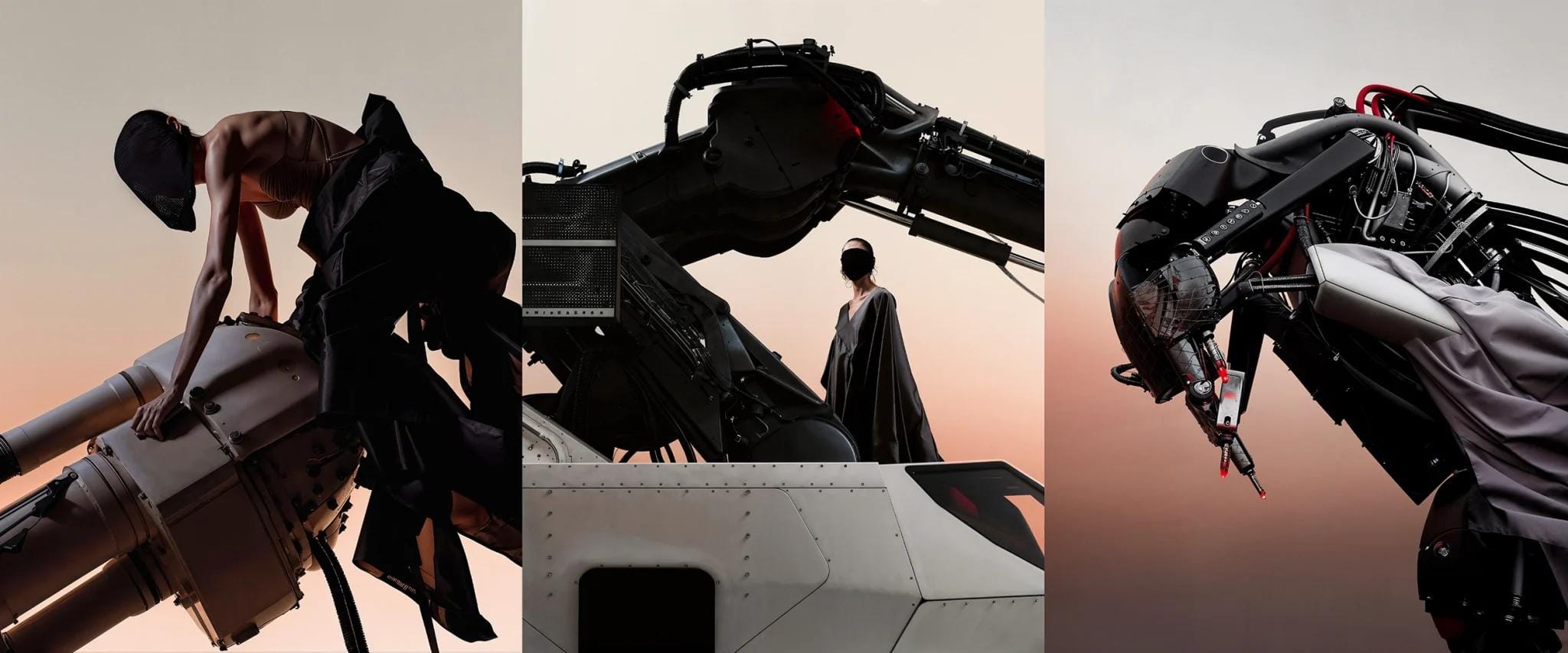
Generative AI is completely transforming how we create and experience art, opening it up to more people than ever before. You've noticed the recent boom in AI-generated images, videos, and writing, popping up everywhere from social media to major creative projects. Despite the initial venomous backlash, it’s crucial to understand the true nature of these AI models and their immense potential to completely transform the creative landscape.
Here’s what a lot of people miss about AI: An LLM, properly understood, is a physics simulator in the domain of words (tokens). It learns the hidden structures that predict, just as a physics simulator trained on video footage learns momentum and rigidity. Similarly, an image generation model like Midjourney is a physics simulator in the domain of pixels, and a video generation model like OpenAI’s Sora is a spatio-temporal simulator in the domain of video frames. These are quite literally world models.
In each case, the AI model learns to capture the underlying patterns and relationships in its respective domain, allowing it to generate novel but coherent outputs that mimic the structure of the training data. Just as a physics simulator approximates the real world by learning its governing laws, these AI models approximate their domains by learning the hidden rules that give rise to language, images, and videos.
As we move closer to the development of Artificial General Intelligence (AGI), the impacts on society, the economy, and our daily lives will be immense. We can expect accelerated scientific discovery, enhanced creativity and entertainment, democratization of access to creative tools, improved education and training, efficiency gains and automation, and immense advancements in healthcare. However, we must also be prepared for potential challenges such as job displacement and economic disruption, widening inequality, loss of privacy and autonomy, programming bias and ideas discrimination (Hello Gemini), and existential risk.
This is exactly why the “AI Bad – AI plagiarism” argument is fundamentally flawed, as it stems from a deep misunderstanding of how generative AI models work. These models are not merely copying or regurgitating existing data like simplistic algorithms. Instead, they function more like intelligent digital artists who learn to understand and synthesize information in a way that closely mirrors human learning and creation. ‘Copying’, very clearly, is not more of an AI problem than it is a human problem.
And so AI models like Veo represent an intellectual breakthrough that will totally revolutionize filmmaking and storytelling in the years to come. These are not plagiarism machines, but world and physics simulators that have internalized the deep structures and governing laws of their domains – language, vision, time. They are our new engines of immense creative potential.
Some of these critiques reflect a profound lack of vision and understanding about the transformative potential of this technology. Many critics fixate on surface-level flaws and limitations, failing to grasp the bigger picture. Others simply dislike the concepts or styles of the AI-generated art, conflating their personal tastes with the potential of the technology itself.
We’ve seen similar arguments before with the introduction of new technologies in art. Samples and DAWs didn’t replace “real” musicianship, CGI didn’t replace “real” cinematography, and Photoshop didn’t replace “real” art. Instead, these technologies unlocked new possibilities and elevated their respective mediums. AI generation will do the same for filmmaking and countless other fields.
Yes, jobs will be lost, perhaps faster than ever. But historically, technological progress ultimately creates more jobs, possibilities, and wealth than it eliminates, even if there is a challenging transition period. The solution lies in proactively steering the technology with foresight and humanistic values, not in denying or demonizing it out of fear.
One of the biggest fallacies of anti-AI sentiment in art is the idea that advancing AI capabilities inherently leads to a creative dystopia — that argument denies human agency and our problem-solving capacity. We are not passive observers but active participants who can shape AI’s direction through our choices and values.
Technological progress is not at odds with humane values – quite the opposite. Philosophers like Karl Popper and David Deutsch who advanced human thinking, taught us that the solution to potential dangers or misuses of knowledge is not to suppress the knowledge, but to gain more and better knowledge about how to handle these issues safely and ethically.
This will be one of the most interesting and challenging problems for humanity to solve moving forward. What terrifies me isn't the risk of getting this wrong, but rather not moving quickly and freely enough to fully realize AI’s enormous creative potential.
George Kroustallis // Minorstep